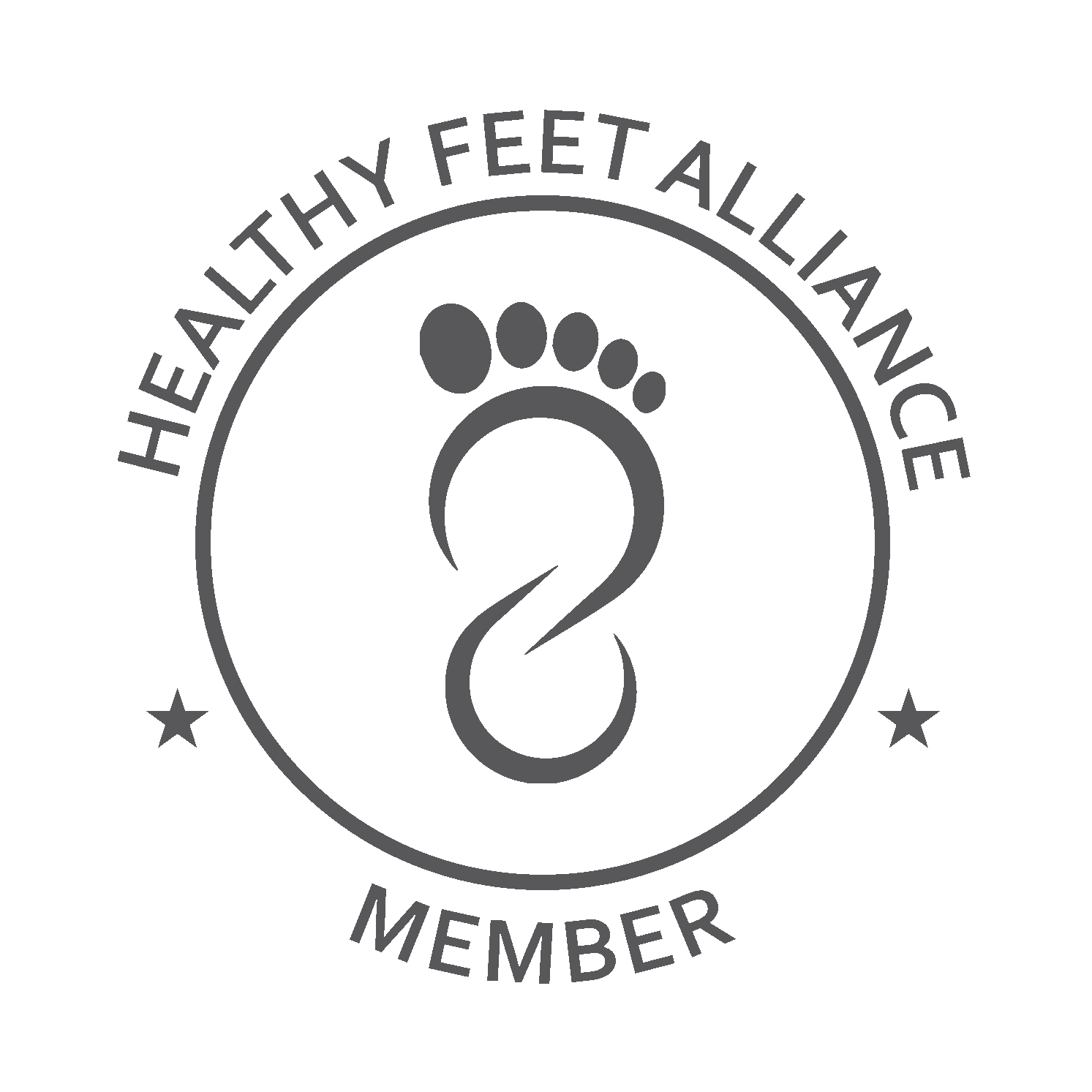Osteoporosis derives from the Greek words literally meaning “porous bone”, which is a bit odd since our bones are already porous. The outer surface of a bone, called cortical bone, is a dense shell that provides much of the strength to our skeleton, but there is an inner reinforced bony structure that is porous called cancellous bone.
Think of your bones like an Aero bar. Solid shell on the outside. Bubbles that intertwine with each other on the inside.
We reach our “peak bone mass”, meaning our bones won’t get any stronger or denser than they are, around the mid-twenties. Up until this point, the bones in the body are going through a growth phase; whereas after this tipping point, the bones slowly break down.
How does bone growth and metabolism occur?
In our bones, there are three kinds of cells. One type of bone cell is called osteocytes. These are the fundamental cells of bone that develop when bone-building osteoblasts stop making bone and settle down to act as control sensor within the bone to communicate back to the brain what is happening in bone, and how to direct nutrients, blood flow, and give instructions on where new bone growth or repairs/remodeling to existing bone should occur.
Now, as I eluded to in the previous paragraph, even though bones look static with no major moving parts, they are definitely an active and living part of our body. It just changes very slowly.
One of the cell types that make your bone a living, moving, and ever-changing structure are cells that are break down bone, called osteoclasts. These cells take the existing bone and break it down, thereby releasing the bone matrix into the local bone environment. The bone matrix is composed of calcium, phosphate, vitamin D, magnesium, growth factors, and other hormones.
At this time, the other kind of cells, the osteoblasts, take some of the materials released by the osteoclasts, and lays it down as a new collagen matrix (which would look like a house that is all framed up but waiting for the wires, drywall, and finishing touches) down. After this is in place, growth factors and hormones take some of the bone matrix materials and get it attached to the framework in order to make the bone strong and resilient to what forces it is experiencing.
If you are a visual person, take a look at the video below.
Bone remodelling occurs in a fairly organized way in that they respond to the directional forces that we physically apply to our skeletal system. So, that is why certain factors such as exercise and activity are so very important to build up strong bones by the time they reach their peak density in the mid to late twenties, but it also keeps the bone remodelling process active for longer, and you lose bone mass much more slowly over time.
So, if you change up the way you walk, your bones will change over time so that they can provide strength in the areas of the bone that need reinforcing to manage those stresses and forces. Other areas that are not stressed as much get less attention and bone growth slows down there.
Why is it important to know what your bone density is?
Well, for a number of reasons. The main one being that osteoporosis increases your risk of having a “fragility fracture”. This is a fracture from an injury or trauma that would not normally have caused a bone to break.
You can see that the density of the bone on the right is greater than that of the left, which is more than the one in the middle. Which one do you think would withstand a trip and fall, and not result in a broken hip?
A classic example of this is when someone trips and falls, and then breaks their hip. Normally, with bones that are dense enough and resilient to minor trauma like this, they wouldn’t break.
Why is this important? Well, even though breaking a bone is never a lot of fun, we know that osteoporosis-related fractures carry a significant amount of morbidity (associated illness, dysfunction, and other injuries) and mortality.
A recent publication put out by the Public Health Agency of Canada spoke directly to these effects, and here is a summary of what they found:
The absolute number of fractures of the forearm, hip, spine, humerus, and pelvis increased over the 15-year surveillance period (from 95,000 in 2000-2001 to 132,000 in 2015-2016).
Almost one-quarter (227.5 per 1,000 or 22.8%) of those who fractured a hip in 2014-2015 died of any cause within the following 12 months.
While women were 2 times more likely to fracture their hip, men were 1.3 times more likely to die of any cause within 12 months following their hip fracture.
A key finding of this report is that despite well-established clinical practice guidelines and initiatives to promote osteoporosis care, screening and treatment initiation rates following a fracture remain very low in Canada.
Within one year of fracture, less than 20% received an osteoporosis diagnosis, underwent a BMD test or received a prescription for an osteoporosis-related medication.
Irrespective of the fracture site, men were less likely to receive a prescription than women.
Given the success of secondary fracture prevention and the resulting cost-saving benefits, increasing accessibility to FLS across the country may help to close the existing osteoporosis care gap.
To read the full report, please head over to this page.
“Breaking News”!
This is so much more to tell you about this interesting topic. So much so that we are going to split this up into a few parts.
So, head over to the next section to read part two of this series which will focus on how we test your bone density, as well as what the different results mean.





